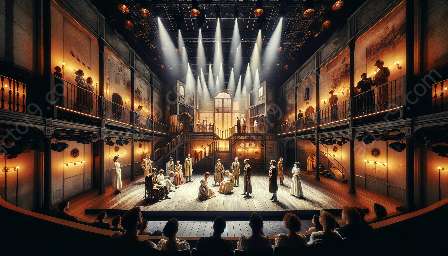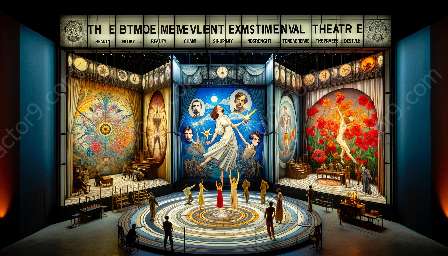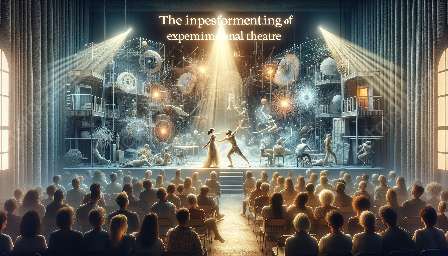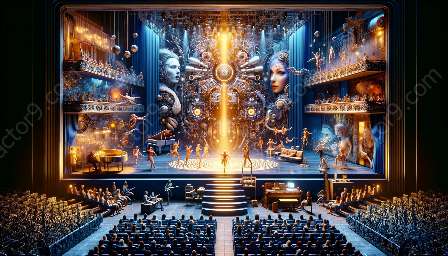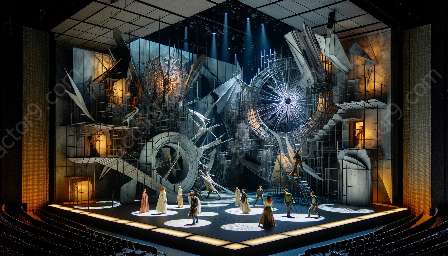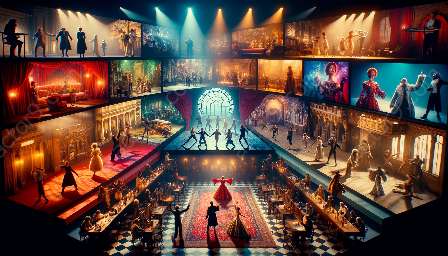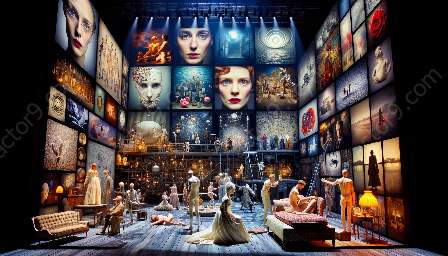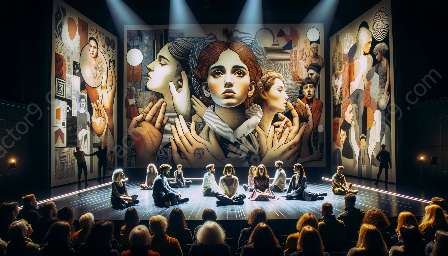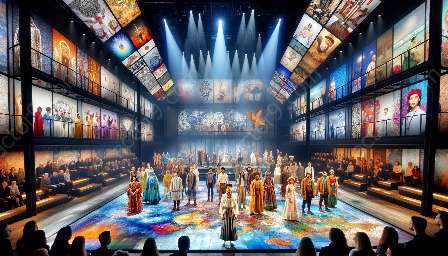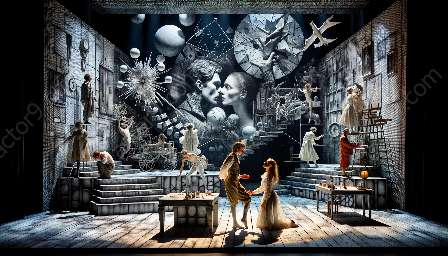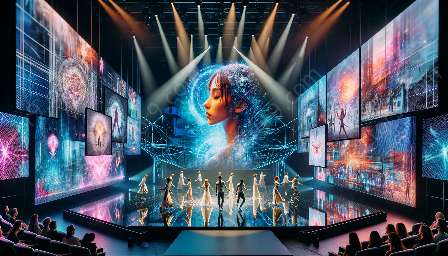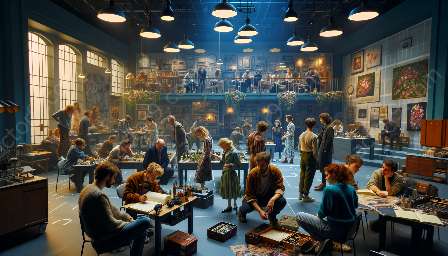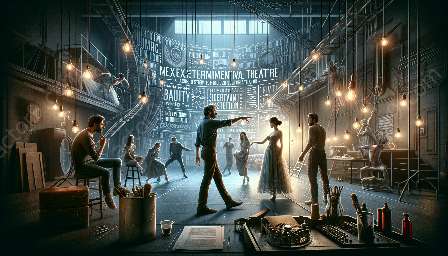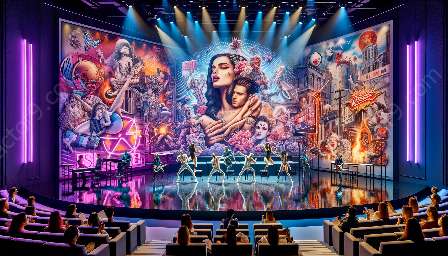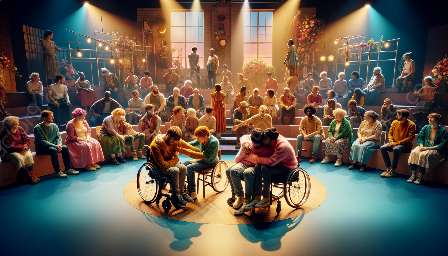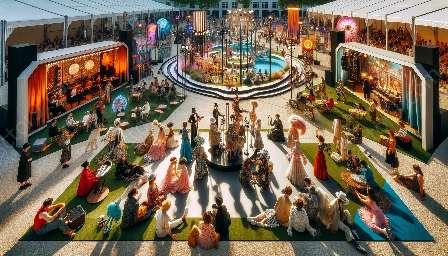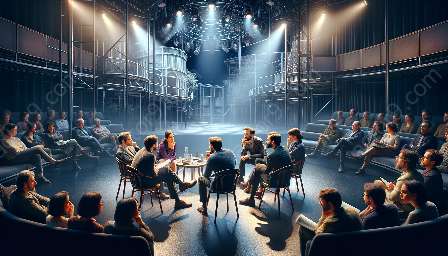Experimental theatre is a groundbreaking genre that seeks to push boundaries and challenge traditional forms of performance. In recent years, there has been a growing movement towards inclusive experimental theatre, which aims to create a more diverse and accessible space for artists and audiences. However, staging inclusive experimental theatre in non-traditional performance spaces poses a unique set of challenges that impact both the experimental theatre and inclusion movements.
Challenges of Staging Inclusive Experimental Theatre
Non-traditional performance spaces, such as warehouses, outdoor areas, or unconventional buildings, present logistical, technical, and accessibility challenges. These spaces may lack essential facilities, such as proper seating, lighting, and sound equipment, which are crucial for a successful experimental theatre production. Additionally, ensuring accessibility for all audience members, including those with disabilities, in such spaces can be a complex task.
Logistical Challenges
One of the main challenges of staging inclusive experimental theatre in non-traditional spaces is the lack of infrastructure. The logistical aspects, such as stage construction, seating arrangements, and technical requirements, can be more complicated in unconventional venues. This can create a barrier to the production of inclusive experimental theatre, as the space may not be conducive to accommodating the diverse needs of the performers and audience members.
Technical Challenges
Technical challenges, such as limited access to lighting, sound, and stage design resources, can significantly impact the quality and success of inclusive experimental theatre in non-traditional performance spaces. Achieving the desired aesthetic and sensory experience for the audience can be more difficult without adequate technical support and resources.
Accessibility Challenges
Ensuring accessibility for all individuals, including those with physical disabilities, in non-traditional performance spaces is crucial for the realization of inclusive experimental theatre. Navigating uneven terrain, limited seating options, and lack of accessible facilities can create barriers for individuals with disabilities, highlighting the need for innovative solutions to make these spaces inclusive.
Impact on the Experimental Theatre Movement
The challenges of staging inclusive experimental theatre in non-traditional performance spaces have the potential to affect the evolution and growth of the experimental theatre movement. As experimental theatre often seeks to break away from traditional forms and venues, the inability to access or adapt non-traditional spaces can limit the creativity and exploration within this genre. Additionally, the logistical and technical challenges may restrict the diversity of voices and experiences that can be represented in experimental theatre productions.
Limitations on Creativity
The constraints of non-traditional performance spaces can limit the creative vision of experimental theatre artists. The inability to fully realize a concept or design due to space limitations may impede the experimental nature of the production, ultimately undermining the movement's potential for innovation and boundary-pushing.
Representation and Diversity
The challenges of staging inclusive experimental theatre in non-traditional spaces can impact the representation and diversity of experiences within the movement. If certain spaces are inaccessible or unsuitable for diverse performers and audiences, it can restrict the range of voices and perspectives that are represented in experimental theatre, hindering its ability to be truly inclusive and reflective of society's diversity.
Impact on the Inclusion Movement
Inclusive experimental theatre has the power to create authentic and diverse artistic experiences, but the challenges of staging such productions in non-traditional spaces can impact the inclusion movement's progress and goals.
Exclusion of Marginalized Communities
The difficulties associated with non-traditional performance spaces can inadvertently exclude marginalized communities from participating in or experiencing inclusive experimental theatre. Lack of accessibility, both physically and culturally, can limit the reach of the inclusion movement, preventing a truly diverse and inclusive theatre landscape from emerging.
Advocacy for Inclusive Spaces
Overcoming the challenges of staging inclusive experimental theatre in non-traditional performance spaces can serve as a catalyst for advocating for more inclusive and accessible spaces across the theatre industry. By addressing the gaps in accessibility and representation, the inclusion movement can drive positive change and promote the creation of spaces that welcome and celebrate diverse voices and experiences.
Conclusion
The challenges of staging inclusive experimental theatre in non-traditional performance spaces intersect with the broader movements of experimental theatre and inclusion. While these obstacles can hinder the realization of diverse and boundary-pushing artistic experiences, they also present opportunities for innovation, advocacy, and growth within the theatre community. By recognizing and addressing these challenges, the theatre industry can work towards creating a more inclusive and dynamic space for artists and audiences alike.

